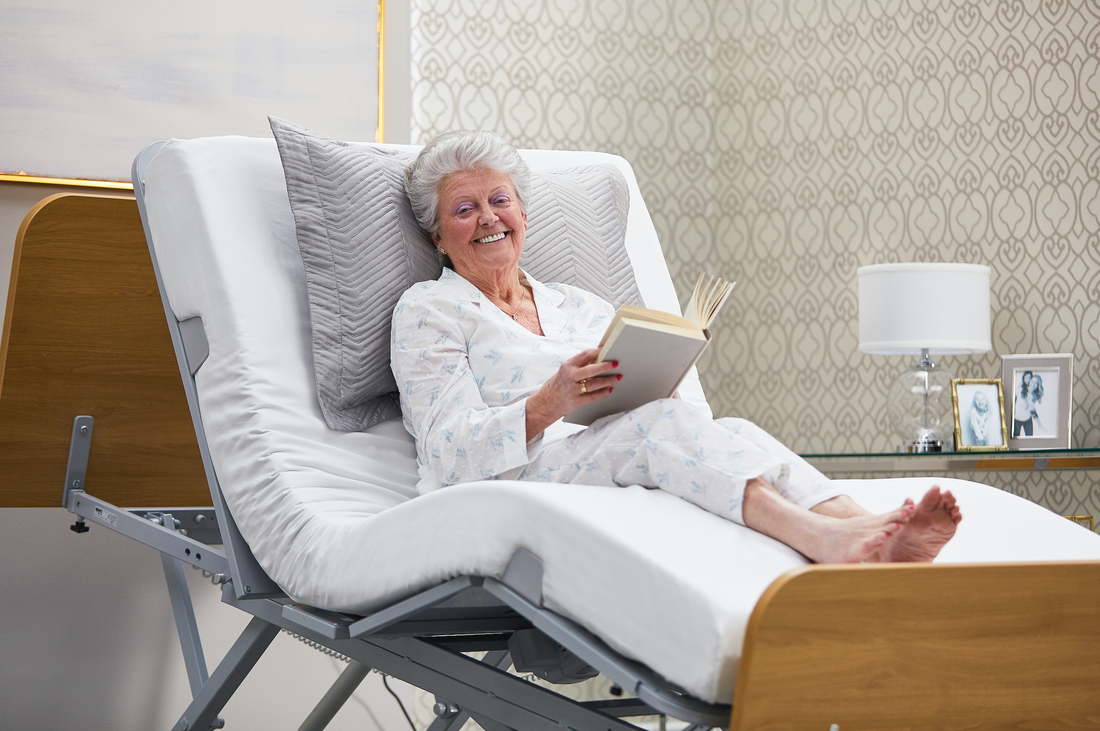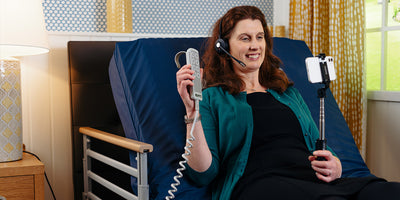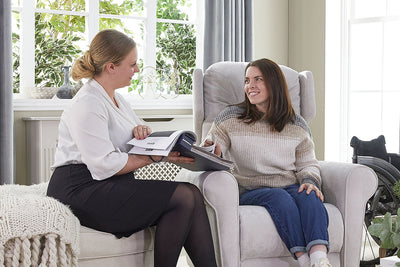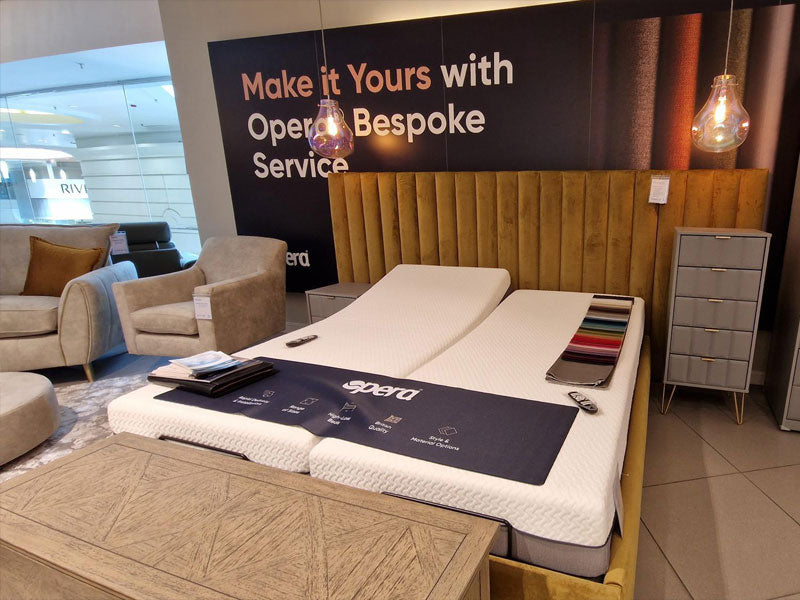The Trendelenburg position is a feature integrated into most adjustable mobility beds. The position places the person’s head down and elevates the feet, so their whole body is sloping down with the feet higher than the rest of the body.
What is the Trendelenburg position?
First used in 1881 by German surgeon Friedrich Trendelenburg, the position allowed him to have better access to pelvic organs during surgeries.
An American physiologist later adapted its use as a treatment for shock - it was thought that raising the legs above the head would help maintain blood flow around the brain.
Historically, the position was also used to treat low blood pressure (hypotension) and injured scuba divers. But these uses have since been outmoded and, in some cases, found to have adverse effects on these types of patients.
Today, the Trendelenburg position is used widely for patients with respiratory issues as raising the legs above the head helps improve the blood flow to the organs (perfusion). It has also proven effective in maintaining skin integrity for users at a higher risk of developing a pressure ulcer, when used with a pressure relieving mattress.
What is the Anti-Trendelenburg position?
The Anti-Trendelenburg - also known as Reverse-Trendelenburg - is where the head is elevated higher than the feet by 15-30 degrees.
Again, this position has been used in surgical and medical procedures to improve access to certain parts of the body, like the prostate and upper abdominal region. Additionally, the position helps respiration for overweight and obese individuals during surgery by relieving the head, where pressure often builds up.
In contrast to the Trendelenburg position, the Reverse-Trendelenburg hinders blood circulation. While this is good for head and neck procedures, the patient must be constantly monitored to reduce the risk of hypotension.

Achieving the Trendelenburg positions with adjustable care beds
Most electric adjustable beds and profiling care beds have Trendelenburg and Anti-Trendelenburg functions.
While it’s extremely rare to use these positions for medical purposes in a care or home environment, they can provide you with additional posture control and practicality.
When combined with a profiling mattress platform, the Anti-Trendelenburg position can be used to form the pressure relieving mattress into a nearly seated position, enabling those with restricted mobility to sit right up.
Alternatively, you can raise the legs into the Trendelenburg with adjustable mobility beds, which helps with blood flow.
It’s important to note that these positions should not be kept for a prolonged period of time as this can result in serious harm.
Buying an adjustable care bed for someone with limited mental capacity, dementia or dementia-related illness? Many of our profiling care beds have a locking feature on the handset. This allows carers to deactivate certain positions and functions and gives assurance if there are safety concerns. It also prevents the person using the bed from accidentally actioning the Trendelenburg functions and causing themselves harm.








